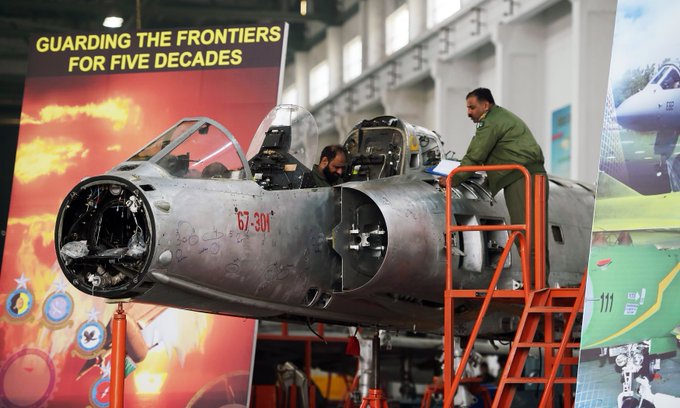- Messages
- 111,139
- Reaction score
- 834
- Origin

- Residence

- Copy to clipboard
- Thread starter
- Moderator
- #21
Follow along with the video below to see how to install our site as a web app on your home screen.

Note: this_feature_currently_requires_accessing_site_using_safari

























| Warhead with fuse system | 35KG |
| LGB Kit | 15KG |
| NEQ | 15KG |
| Total Munition | 50KG |




























Loading...